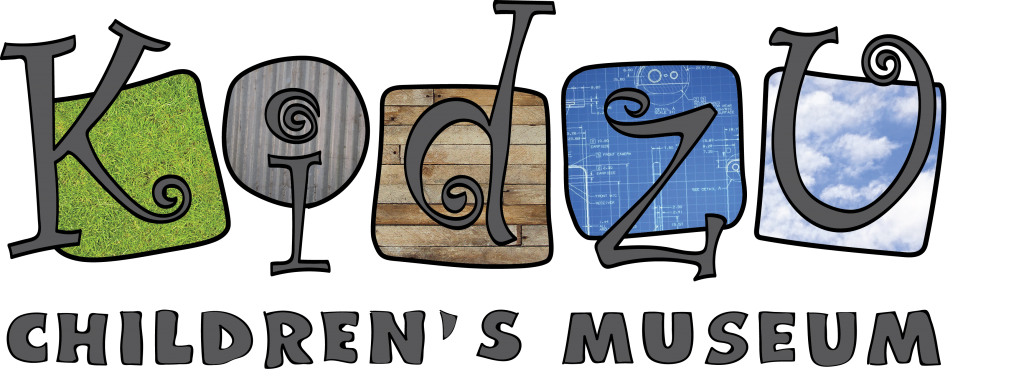Food & the Environment
The food we choose to eat can affect our Earth. The way we grow and make our food can help or hurt the land, water, and animals around us!
Conversation Starters
- “Have you ever wondered how vegetables grow? Let’s talk about how they start as tiny seeds and grow into the delicious veggies we eat.”
- “Let’s pretend we are farmers for a day! What vegetables would you grow on our imaginary farm, and how would you take care of them?”
- “Do you think vegetables are better when they’re fresh from the farm or when they come from the grocery store? Why?”
Nutrition Literacy
Nutrition literacy means understanding which foods are good for our bodies and how to eat them to stay healthy and strong. It’s like knowing what’s best to eat to make our bodies feel happy and energized!
Food Matching!
Repeatedly trying new foods, like playing a fun game with them at home or in the store, can help kids become more open to trying different foods. You can also turn it into a craft activity, sorting and pasting food items into categories, which makes trying new foods even more enjoyable! Feel free to try all three matching methods, or choose one based on your child’s age!
Method #1 – Food Identification: With your child, name different types of food through pictures. You can also do this with plastic play food or real food items depending on what you access to in your home! Click here for a fun game!
Method #2 – Food Categorization: Sort the different foods into their associated food group. Following the MyPlate recommendations, some of the groups you could create are fruits, vegetables, grains, protein, dairy, and healthy fats. Click here for a fun game!
Method #3 – Healthy or Not: Sort the different foods you find based on whether or not they are healthy or not. This activity is a great conversation starter about what makes foods healthy as well as a good way to assess the snacks and foods you have in your home!
Healthy Eating and Nutrition for Children
Healthy Kids, Healthy Future
Dietary Guidelines for Americans
Are Vegetables Really Healthy?
What is a Balanced Diet?
Food Nutrition by Color
Food Impacts Health
Eating healthy food helps our bodies grow strong and gives us energy to play and learn. Just like good fuel for a car helps it run smoothly, good food helps our bodies work well!
Sugary Drink Experiment
While sugar may be super tasty, if not consumed in moderation it can cause a plethora of health problems. With this experiment we want to highlight how much sugar is present in drinks we have every day. This is great practice for reading and understanding nutrition labels! Click here to see how to do the experiment!
How to Create a Healthy Plate
Reading Food Labels
Read The Label Youth Outreach Materials
Conversation Starters
- “What do you think the nutrition label tells us about the food inside this package?”
- “Can you spot the serving size on this food item? Why do you think it’s essential to know how much we should eat?”
- “Let’s compare the sugar content in these two snacks. Which one do you think has less sugar? Why might that be important?”
- “If you were looking for a healthy snack, what information on the nutrition label would you check first?”
- “How do you think we can use the information on the nutrition label to make better food choices?”
Food Connects Us to the World & Each Other
Food is like a language that brings people together, making us feel connected. When we share meals with others, it helps us become friends and understand different cultures. Also, the food we choose affects the environment and people around the world, so we should make good choices to help everyone and our planet.
Conversation Starters
- “Some vegetables are so unique that they come from different parts of the world. Can you guess which country a particular vegetable originally came from?”
- “What are some of the food traditions we do as a family? Do you know why we practice these traditions and where they started? Are there food related traditions that your friends practice?
- Talk to your child about how the food your family eats reflects where you live and/or your cultural background. Why are these practices important to your family? Are there any memories that your family shares surrounding food? How do these practices benefit your family (e.g. physical, emotional, cultural, familial)
